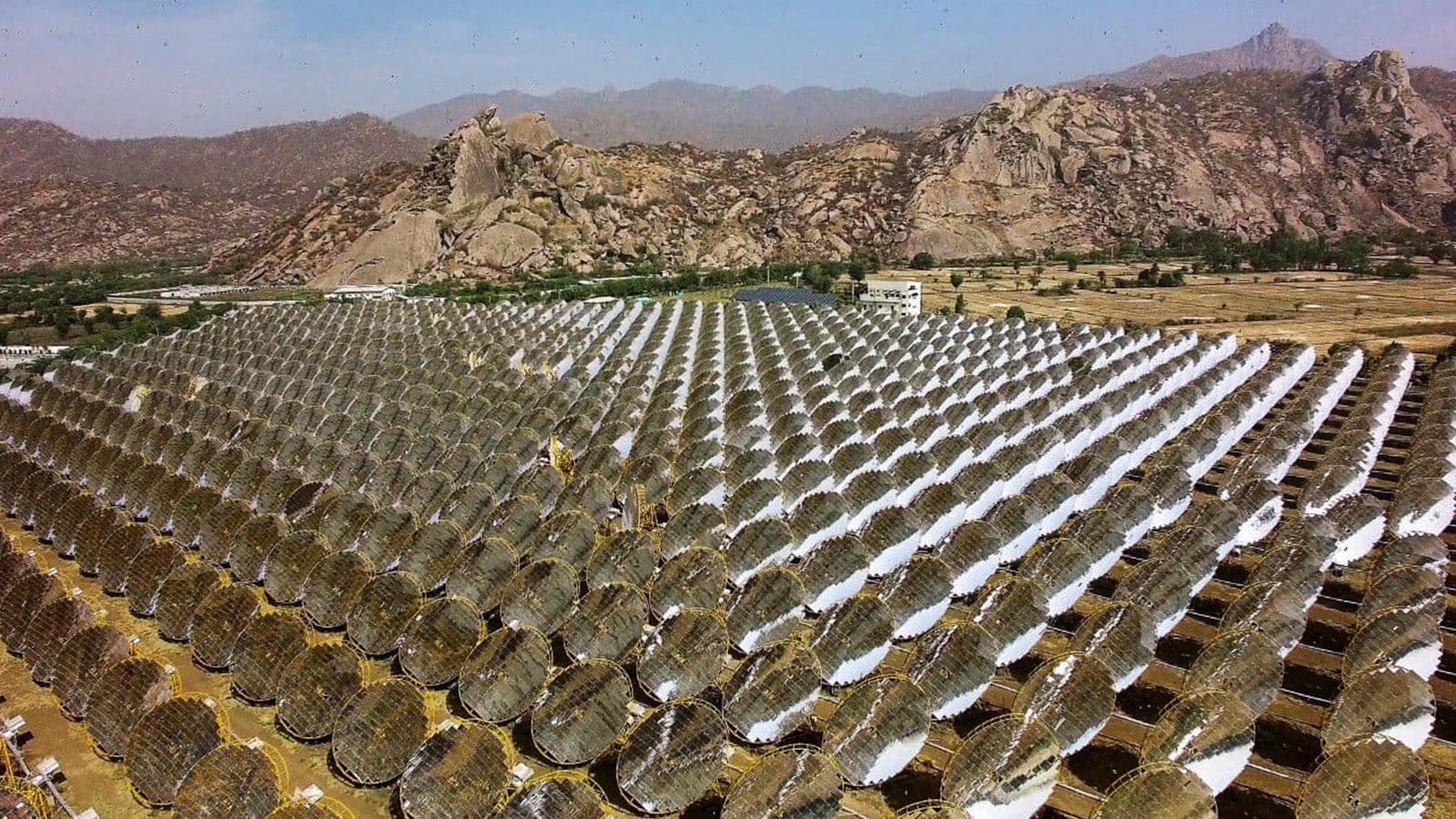Home / Business and Economy / Rare Earths Tug-of-War: Nations Scramble for Critical Mineral Dominance
Rare Earths Tug-of-War: Nations Scramble for Critical Mineral Dominance
11 Oct
Summary
- Beijing tightens rare earths exports restrictions
- Criticality of minerals like copper, lithium, cobalt varies for different countries
- Calls for global framework to address sourcing and policy coordination

As of October 11th, 2025, major economies are grappling with the challenge of securing critical minerals essential for the clean energy transition. Beijing has recently announced tighter restrictions on exports of rare earths, a move that has sent shockwaves through industries reliant on these materials.
The applications of critical minerals like copper, lithium, nickel, cobalt, and rare earth elements in solar panels, wind turbines, electric vehicles, and semiconductors are well-known. However, the definition of "criticality" varies across countries and companies. For some, it depends on the strategic importance to key industries and availability in the face of supply risks, while others fear the risk of weaponization.
Experts warn that the world cannot repeat the mistakes made with oil and gas, where exporters imposed restrictions to raise prices while buyers tried to control sources of supply. Instead, they call for a global framework to address sourcing and policy coordination, moving away from a race to grab mineral resources. This would involve collaborative platforms and voluntary principles to foster an environment of cooperation rather than unruly competition.
Opportunities for both suppliers and demanders include data transparency, joint exploration and technology development, and promoting a circular economy. Risks such as arbitrary nationalization, inadequate infrastructure, and the "resource curse" must also be addressed through political support and harmonized standards.




